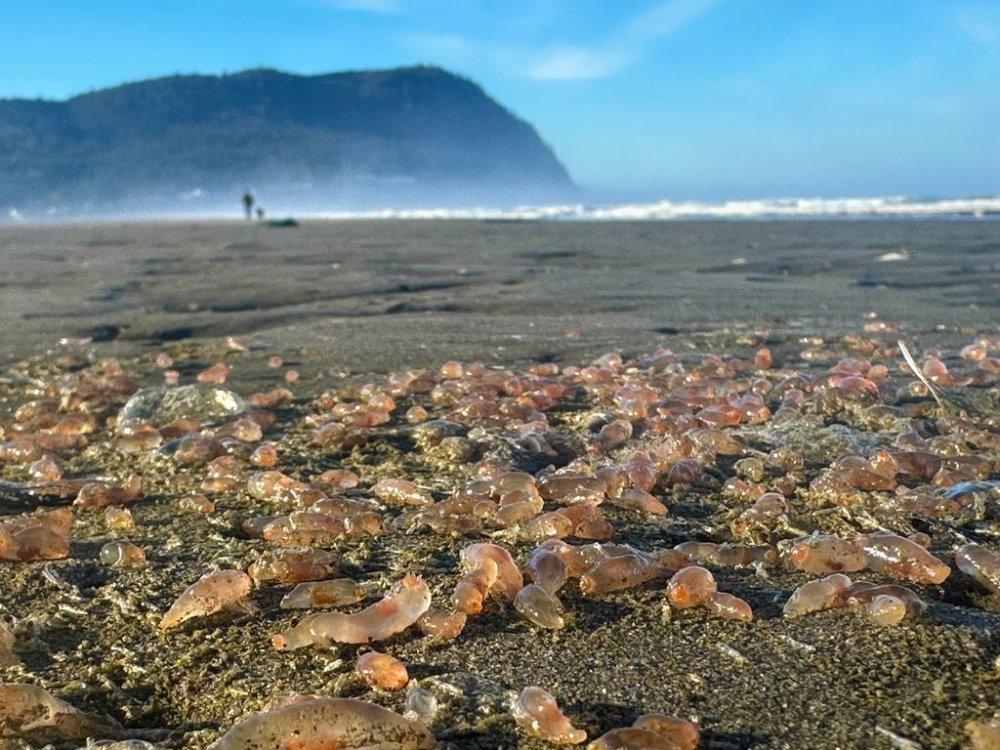Sea cucumbers wash ashore by the thousands in a coastal Oregon town
Advertisement
Read this article for free:
or
Already have an account? Log in here »
To continue reading, please subscribe:
Monthly Digital Subscription
$1 per week for 24 weeks*
- Enjoy unlimited reading on winnipegfreepress.com
- Read the E-Edition, our digital replica newspaper
- Access News Break, our award-winning app
- Play interactive puzzles
*Billed as $4.00 plus GST every four weeks. After 24 weeks, price increases to the regular rate of $19.00 plus GST every four weeks. Offer available to new and qualified returning subscribers only. Cancel any time.
Monthly Digital Subscription
$4.75/week*
- Enjoy unlimited reading on winnipegfreepress.com
- Read the E-Edition, our digital replica newspaper
- Access News Break, our award-winning app
- Play interactive puzzles
*Billed as $19 plus GST every four weeks. Cancel any time.
To continue reading, please subscribe:
Add Free Press access to your Brandon Sun subscription for only an additional
$1 for the first 4 weeks*
*Your next subscription payment will increase by $1.00 and you will be charged $16.99 plus GST for four weeks. After four weeks, your payment will increase to $23.99 plus GST every four weeks.
Read unlimited articles for free today:
or
Already have an account? Log in here »
Thousands of sea cucumbers have washed up on the beach in the Oregon coastal town of Seaside thanks to a combination of heavy surf and low tide.
The partially translucent, pink gelatinous creatures are called skin breathing sea cucumbers. They normally burrow into the sand along the low tideline and farther out. But on Tuesday, they were scattered across more than 2 miles (3.2 kilometers) of Seaside Beach, said Tiffany Boothe, the assistant manager of the Seaside Aquarium.
“They are literally littering the tideline,” Boothe said. They’re about a half-inch (1.3 centimeter) long but can grow to about 6 inches (15 centimeters.)

The phenomenon can occur whenever surf and tide conditions coincide, which can mean a few times a year or once in a few years. Sometimes a few will be scattered here and there on the shore but there were large groupings on the beach during this latest episode. Boothe hasn’t seen this many on the beach in a couple of years.
The sea cucumbers aren’t capable of returning to their natural habitat on their own so they will dry up and die, Boothe said. They’ll provide nutrients for the beach hoppers, beach fleas and other invertebrates living along the tideline that will feast on them. Birds don’t eat them.
Whatever remains will likely dry up quickly and blend in with the sand. Booth suspects they’ll be gone by Wednesday or Thursday.
The scientific name for the cucumbers is Leptosynapta clarki. They live along the coast from northern California to the Gulf of Alaska.
Seaside is about 80 miles (129 kilometers) northwest of Portland, Oregon.

